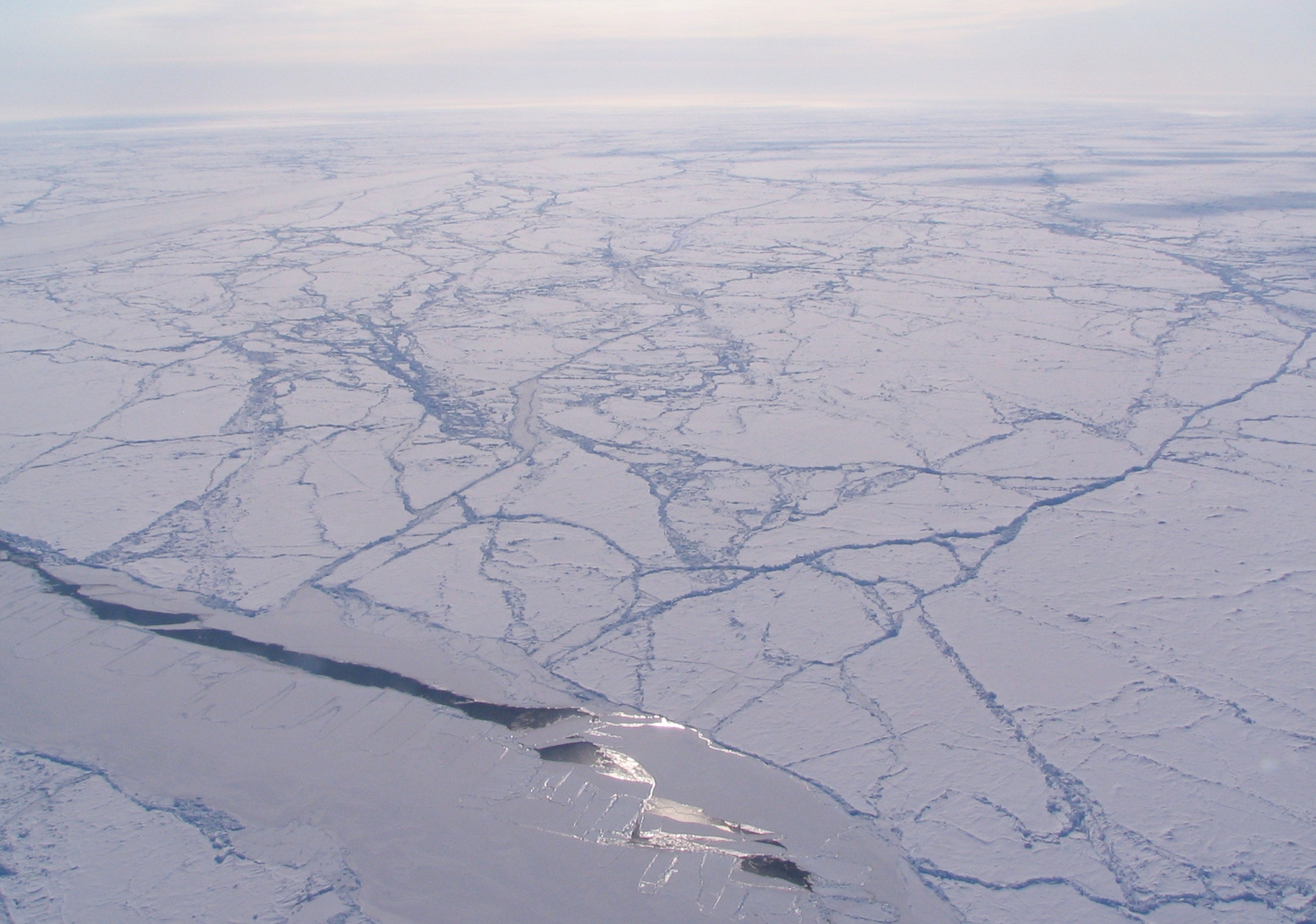What a new Canadian report on Arctic leadership means for Canada’s north
After months of work, Mary Simon, Canada’s Special Representative on Arctic Leadership has released her recommendations to the Federal Government.
Simon, a well known Inuit who served as a former ambassador and helped negotiate the creation of the Arctic Council, was commissioned last year to provide advice on Canada’s North. Specifically she was asked to focus on conservation goals vis-a-vis sustainable development and the social and economic priorities of the people living in remote Arctic communities in Canada.

On May 1, her final report entitled “A News Shared Arctic Leadership Model,” was released with a list of recommendations for the federal government in numerous different fields, including but not limited to Education, Broadband and Housing. According to the report, this work was done “after 65 engagement meetings involving 170 people and received 34 written submissions.”
But this work took on another meaning when in December of last year, the Federal government signalled their interesting in creating a new framework to deal with the northernmost regions of the country.
Canada’s last Northern Strategy, which was released through the previous government in 2009, was met with much criticism. In December 2016, however, Prime Minister Justin Trudeau and Barack Obama released United States-Canada Joint Arctic Leaders’ Statement, which promised that, “Canada is committing to co-develop a new Arctic Policy Framework.” This report, from Mary Simon, is part of the signally to what the new Arctic Policy Framework will look like.
The report, which is available in Inuktitut, Inuinnagtun, Dene and Cree, as well as English and French, is broken up into two separate areas: “What I Heard” and “Developing a New Arctic Policy Framework.”
However, one thing that can be seen throughout in the role that climate change is playing in the Canadian north. Mary Simon begins the report with a comment that the common thread in many of her discussions was the concerns and uncertainties of climate change. She emphasized that, “an adaptation strategy and implementation plan for the Arctic must become a national priority within Canada’s climate change commitments.”
Responses to the report have mainly been positive. World Wildlife Fund CEO David Miller said, in a press release, “Canada’s North is a place where we still have the opportunity to get it right, and this report provides the path we need to get there.”
Peter Taptuna said in a recent interview with CBC that “It sure is pleasing that she touched a lot on infrastructure deficits. That’s something we desperately need in the North. Our communications services we have in the North are slow, it’s antiquated,” but he also added, “The disappointing part about the report is that there is no recommendations on, no mention of, resource development. And of course, resource development in the North, in Nunavut, is a critical part of building healthy and sustainable communities in the Arctic.”